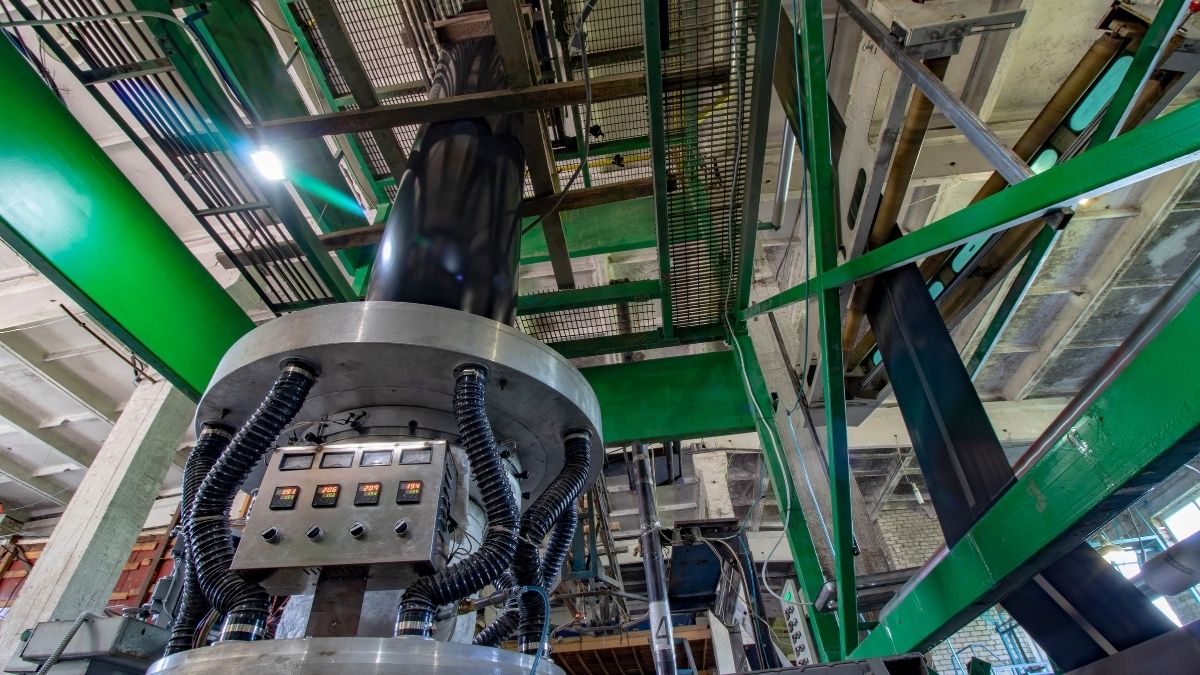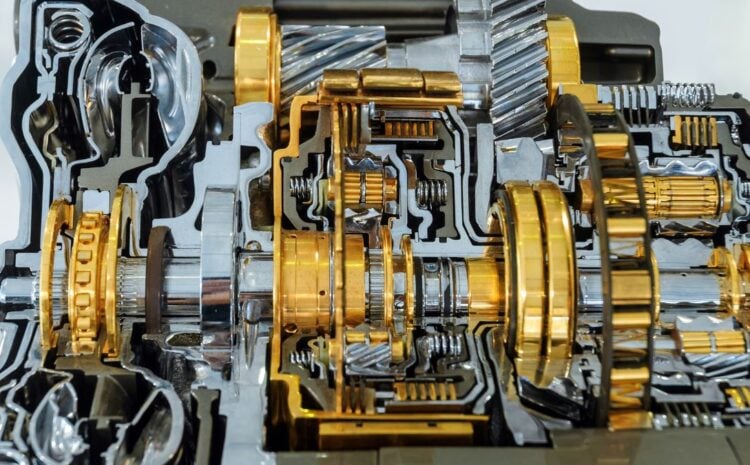Industrial extruders are machines that use a screw to push materials through a die, forming them into desired shapes and sizes. They are widely used in various industries, such as plastic, rubber, food, and chemicals. However, like any other machinery, they can encounter some problems that affect their performance and efficiency. In this article, we will share some tips on how to diagnose and fix some common industrial extruder gearbox issues by yourself. However, please note that these are only general guidelines and not a substitute for professional service. If you are unsure about the problem or the solution, please consult a qualified technician before attempting any repairs.
Understanding the Basics of an Industrial Extruder Gearbox
One of the most common and critical components of an industrial extruder is the gearbox, which transfers power from the motor to the screw. The gearbox is composed of gears, shafts, bearings, seals, and other parts that work together to achieve the desired speed and torque. When the gearbox malfunctions, it can cause noise, vibration, overheating, or even damage to the extruder. Therefore, it is important to maintain and repair the gearbox regularly to avoid costly breakdowns and downtime.
The industrial gearbox is a wide variety of mechanical methods to produce high torque while maintaining low motor shaft speed. In the context of 3D printing and similar applications, extruder gears play a pivotal role. Their main function? To grip the filament and ensure it’s fed correctly into the Bowden tube and, eventually, the clogged nozzle.
How to Diagnose a Gearbox Problem
The first step to fixing a gearbox problem is to identify the source and cause of the problem. Here are some signs and symptoms that indicate a gearbox problem:
Abnormal Noise
If you hear unusual sounds from the gearbox, such as grinding, rattling, squeaking, or whining, it may indicate that there is something wrong with the gears, bearings, or lubrication. For example, worn or damaged gears can produce grinding noises, while insufficient or contaminated lubrication can cause squeaking or whining noises.
Abnormal Vibration
If you feel excessive or irregular vibration from the gearbox, it may indicate that there is something wrong with the alignment, balance, or mounting of the gearbox or its components. For example, misaligned or loose gears can cause vibration, while unbalanced or bent shafts can also create vibration.
Overheating
If you notice that the gearbox is too hot to touch or emits smoke or smell, it may indicate that there is something wrong with the cooling system or the lubrication of the gearbox. For example, clogged or leaking cooling channels can cause overheating, while low or dirty oil can also increase friction and heat.
To diagnose the problem more accurately, you can use some tools and methods to inspect the gearbox and its components. Here are some examples:
Visual Inspection
You can visually inspect the gearbox for any signs of damage, wear, or leakage. Look for cracks, chips, scratches, dents, or corrosion on the gearbox casing and its components. Check for oil leaks around the seals, gaskets, or joints. Also check for any loose or missing bolts, nuts, washers, screws, springs, etc.
Oil Analysis
You can analyze the oil condition and quality by taking a sample from the gearbox and sending it to a laboratory for testing. The oil analysis can reveal information such as viscosity, acidity, water content, metal particles, etc., which can indicate the health and performance of the gearbox and its components.
Vibration Analysis
You can measure and analyze the vibration signals from the gearbox using sensors and software. The vibration analysis can reveal information such as frequency spectrum (FFT), amplitude (RMS), peak-to-peak value, etc., which can indicate the type and severity of the gearbox problem.
How to Fix a Gearbox Problem
Once you have diagnosed the problem and its cause, you can proceed to fix it by yourself if it is within your capability and safety. Here are some tips on how to fix some common gearbox problems:
• Clean the gears and shafts: If the problem is caused by dirt or debris in the gears or shafts, you can clean them using a solvent or degreasing agent to remove all impurities. Make sure to dry them thoroughly before reassembling them.
• Lubricate regularly: If the problem is caused by poor lubrication or oil quality in the gearbox, you can lubricate it regularly using a suitable oil type and amount according to the manufacturer’s specifications. Make sure to change the oil filter regularly as well to ensure cleanliness in the system.
• Replace damaged parts: If the problem is caused by damaged or worn parts in the gearbox, you can replace them with new ones that match the original specifications. Make sure to follow the manufacturer’s instructions on how to install and adjust them properly.
• Adjust alignment and balance: If the problem is caused by misalignment or imbalance in the gearbox or its components, you can adjust them using tools such as dial indicators, calipers, or laser alignment devices. Make sure to follow the manufacturer’s instructions on how to align and balance them correctly.
Operational Inefficiencies
- Regularly clean any debris or foreign materials. A clogged nozzle or a lack of grip on the filament can hamper operations.
- If you notice the single screw in the extruder is not rotating correctly, it might be a sign of gear wear or misalignment.
Preventive Measures to Avoid Future Issues
Prevention is always better than cure. Regular inspections and the use of high-quality lubricants can prevent a multitude of extrusion issues. Also, always ensure that the type of gearbox you’re using, be it skew bevel helical or worm reduction, is suitable for the application. State-of-the-art equipment often offers mounting options that can help reduce stress on the gearbox, further ensuring its longevity.
When to Seek Professional Help
While DIY can solve many problems, recognizing when to call in gearbox repair services is vital. Major issues or anything concerning the stepper motor, for instance, might need expert intervention. Professionals not only bring in-depth knowledge but also state-of-the-art tools to ensure your gearbox runs smoothly.
Conclusion
Industrial extruder gearboxes are vital parts of any extrusion process, and they require regular maintenance and repair to keep them running smoothly and safely. By following these tips, you can diagnose and fix some common gearbox problems by yourself, and save time and money in the long run.
However, please remember that these are only general guidelines and not a substitute for professional service. If you are unsure about the problem or the solution, please consult a qualified technician before attempting any repairs.



